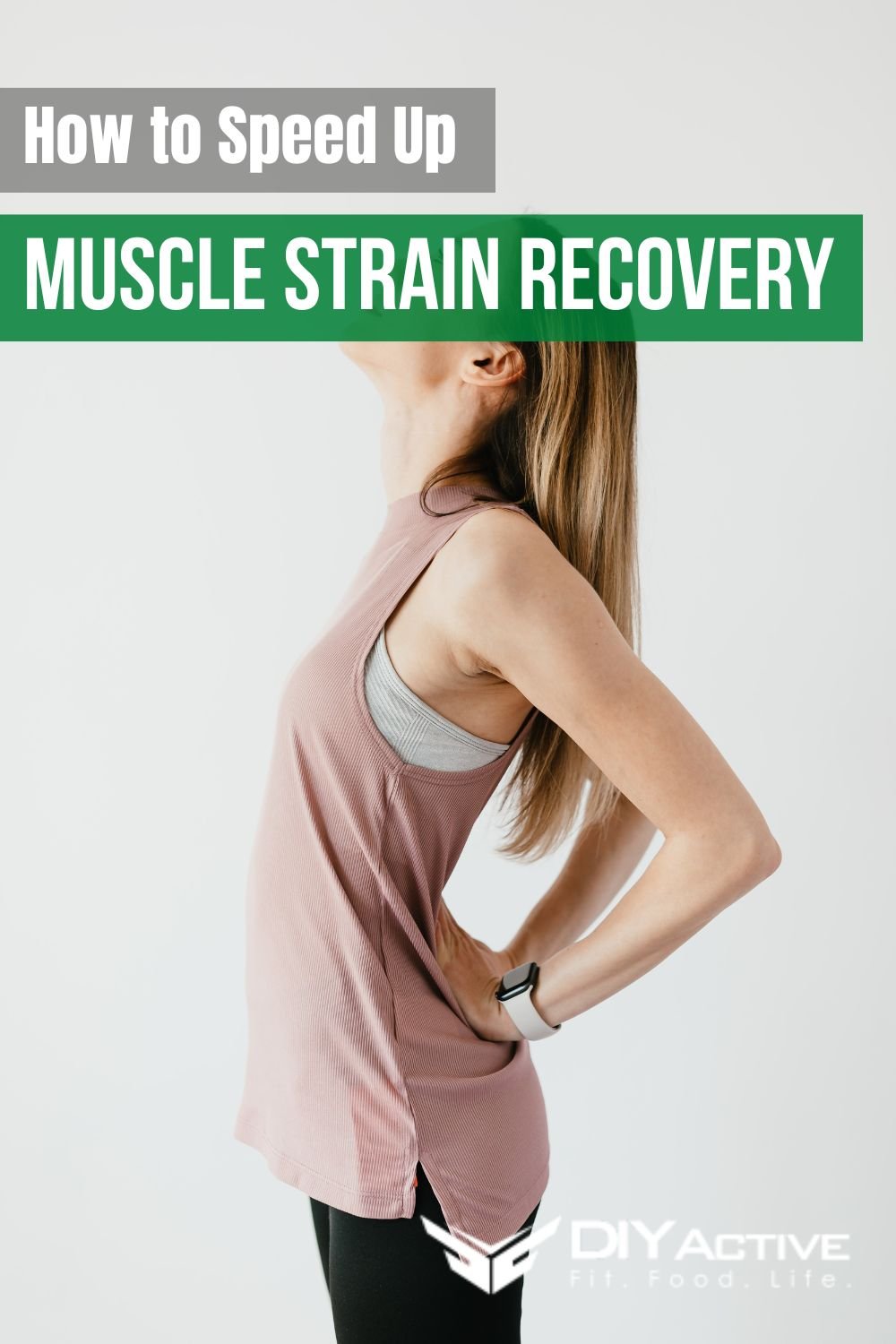What is Muscle Strain?
A muscle strain happens when the weight on your muscle is so significant that the tissue starts to tear. This tear can be within the muscle, in the tendon, or at the junction between the tendon and the muscle. A strain’s severity can be evaluated by the range of motion or strength one loses. This can also help determine how much time you’ll need to recover. Muscle strains can be categorized into three classes depending on their severity.
Types of Muscle Strain Damage & How to Recover
Grade 1 strains cause mild individual muscle fiber damage. Grade 2’s damage is more extensive and may take two to three months to heal. Grade 3 strains imply a complete tendon or muscle rupture and may require surgery and more recovery time. Nonetheless, you can find ways to recover faster. This article outlines seven ways to speed up your muscle strain recovery.
1. Consider shockwave therapy
Shockwave therapy is a more trusted option if your muscle strain requires surgery and you aren’t ready. It involves using a handheld shockwave device called the ESWT machine, where a medical provider targets muscle strains using acoustic pressure waves.
The pressure waves improve metabolism and blood flow naturally in the affected area. This stimulates the cells that heal damaged tissue. For this reason, shockwave therapy can treat multiple musculoskeletal disorders like muscle strains without surgery or drugs.
2. Go for physical therapy
During muscle strain recovery staying active ensures the surrounding muscles don’t weaken. Physical therapy is an excellent way to hasten your recovery. It promotes muscle healing and strength, minimizing the possibility of re-injury.
Your physical therapist can design stretching or therapeutic exercises to help maintain range of motion and flexibility. They can also help you identify your muscle strain’s root cause and re-prioritize your objectives during recovery.
3. Use compression garments

Compression garments are tight-fitting clothing pieces worn on different body parts to provide compression. They help minimize muscle damage, lower inflammation and pain, and reduce fatigue and soreness while speeding up recovery.
Wearing compression garments like knee sleeves, full-length tights, calf sleeves, socks, quad sleeves, socks, short and long-sleeve shirts, and more minimizes muscle vibration and increases muscle control when doing specific activities.
If you regularly experience muscle soreness in particular body parts, choosing sleeves for these areas is wise. Since some compression clothes provide extra support with more considerable compression, others give more flexibility.
4. Consider cold therapy
Cold therapy or cryotherapy involves using cold compresses, ice baths, nitrogen chambers, or ice packs on the affected area. Since excess inflammation may cause an overuse injury, cold therapy can help reduce inflammation while lowering muscle injury and soreness risk. Applying cold to a muscle strain hastens recovery time.
This option works best when the treatment is used within 24 to 72 hours after an injury. While cold therapy is generally safe, liquid nitrogen therapy and cryotherapy chambers aren’t suitable for people with heart conditions, specific autoimmune conditions, high blood pressure, or children and pregnant women.
5. Try heat therapy
During heat therapy, warmth is applied to the whole body or the affected area. It raises the afflicted area’s temperature, boosting blood flow and circulation. It’s good for stiff and tight muscles. Heat therapy can be categorized into dry heat, including heat wraps, heating pads, heat lamps, and moist heat, which may include saunas, warm baths, warm dump towels, and hot baths. It soothes muscles and is helpful for delayed-onset muscle soreness.
Heat therapy can also be used during muscular rehabilitation to reduce muscle mass loss and improve muscular contraction elements. However, heat shouldn’t be applied to an acute injury too soon because this can increase swelling. You can start with cold therapy and then move to heat to improve blood flow to the affected part.
6. Get a massage
Massages are popular for alleviating stress and pain. However, they’re also an effective way to hasten muscle recovery. Massage reduces muscle inflammation, and the massaged cells can produce new mitochondria better, promoting quick recovery or fast healing from physical activity-induced muscle injuries. It minimizes muscle recovery time by activating the molecules that enhance mitochondrial growth and reduce inflammation.
7. Get quality sleep
Sleep is a significant muscle recovery element. Deep sleep, called slow-wave or non-REM sleep, is vital for muscle healing and restoration. During this sleep phase, blood pressure reduces, and breathing becomes slower and deeper. Since the brain is resting and there’s little activity, muscle blood supply increases, boosting the number of nutrients and oxygen essential for facilitating muscle recovery and growth.
Wrap-Up
Depending on your muscle strain’s severity, healing may take time. However, implementing these tips can help speed up muscle strain recovery, helping you return to your daily routine sooner.
Image by Victoria Regen
Photo by Karolina Grabowska